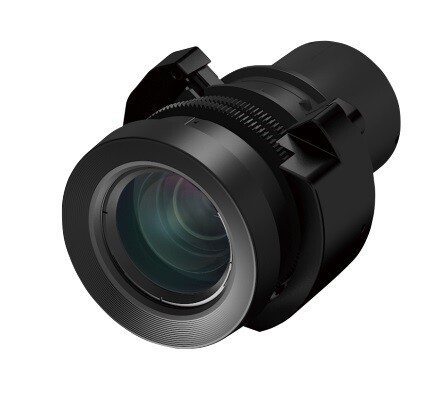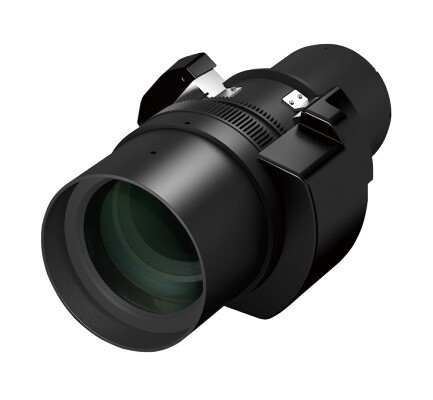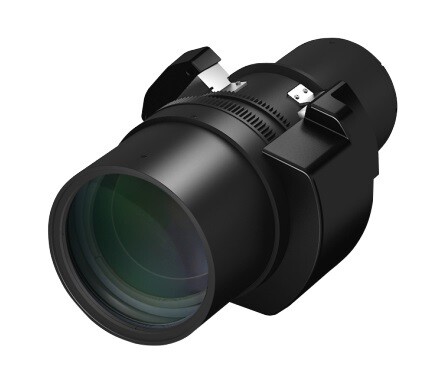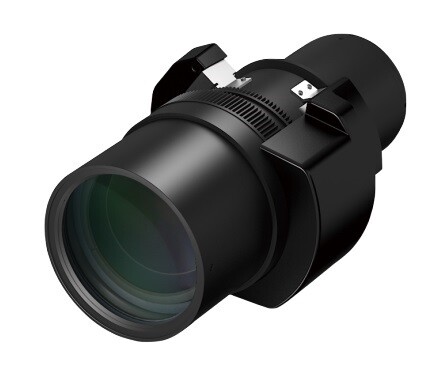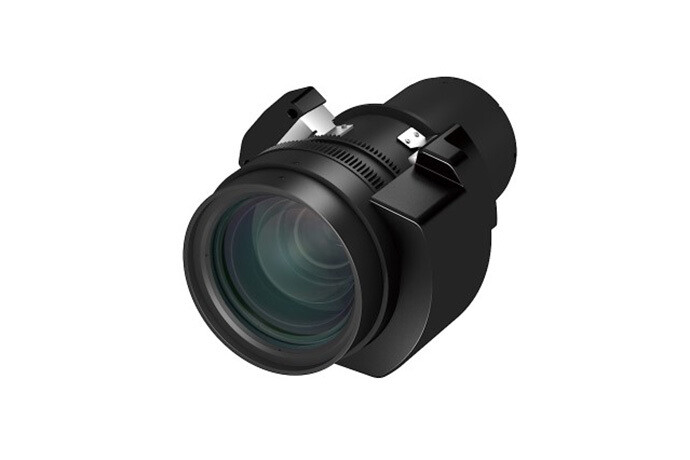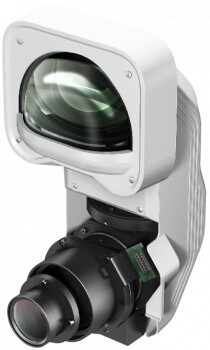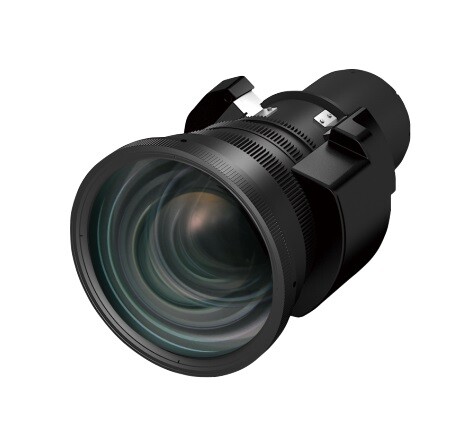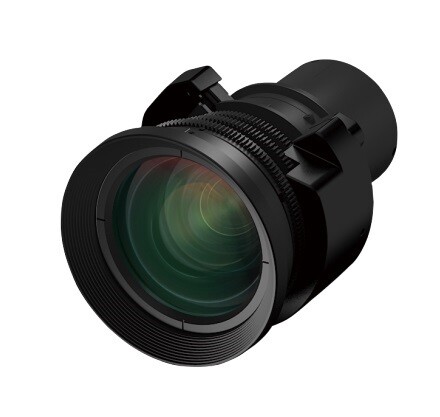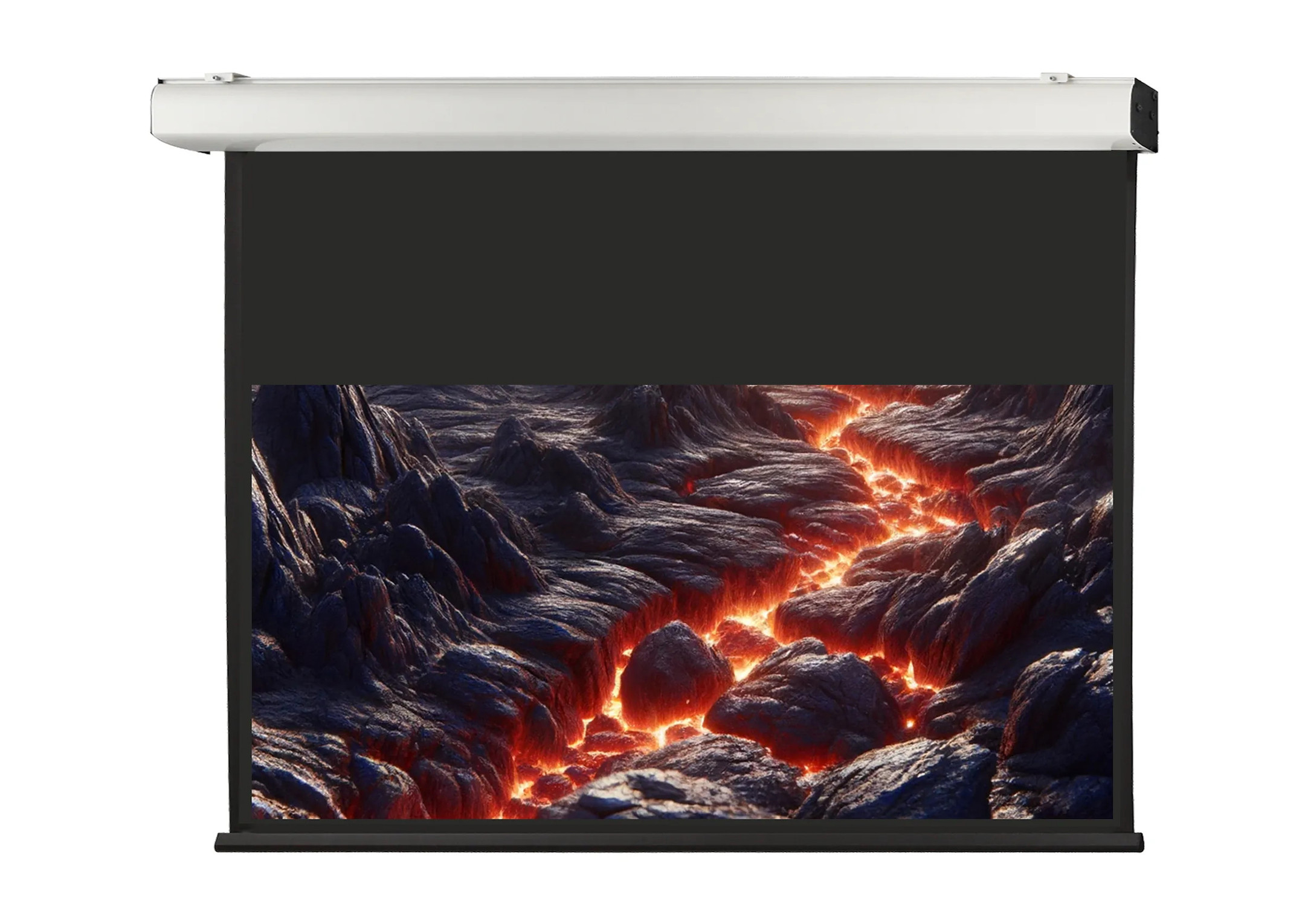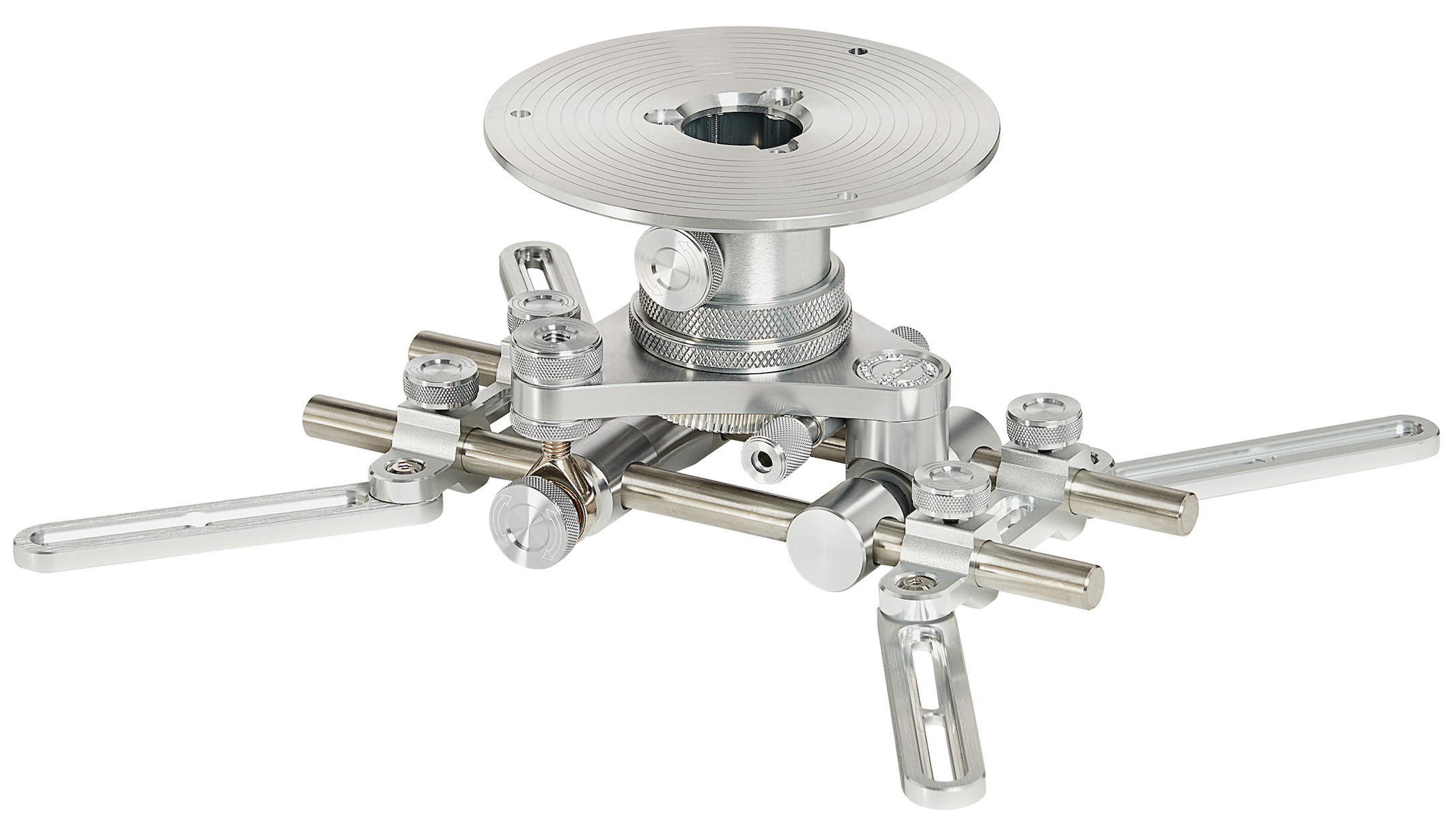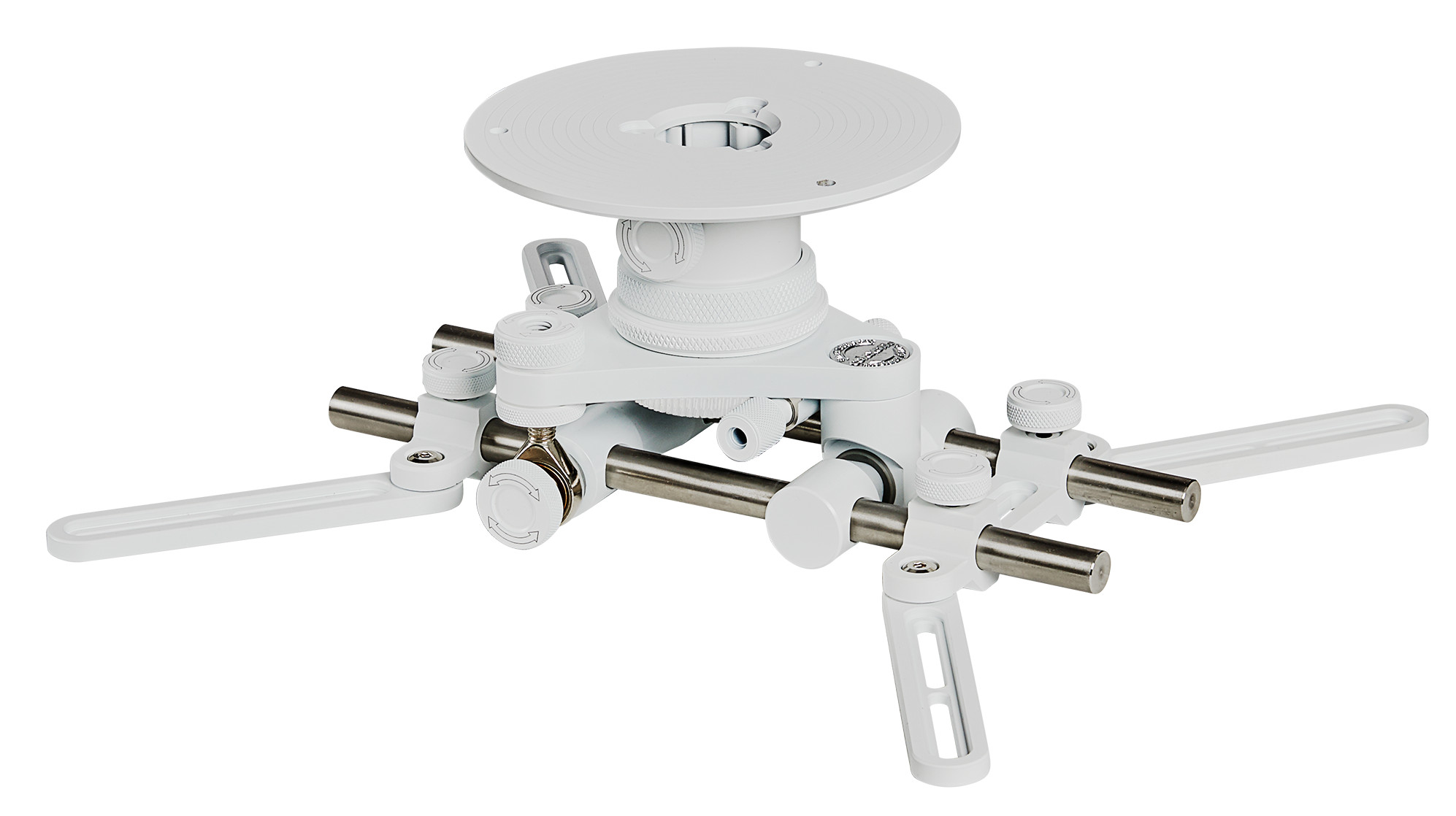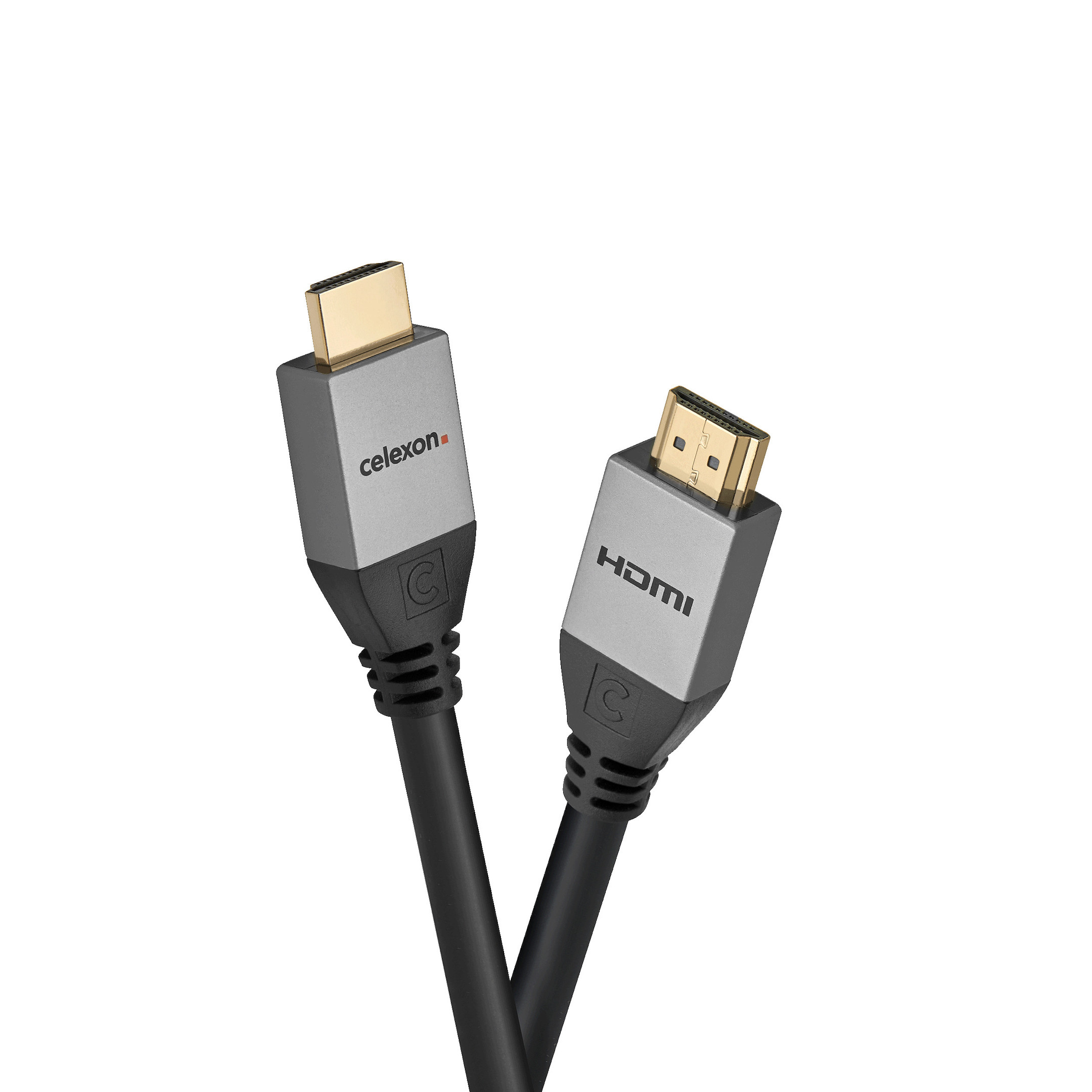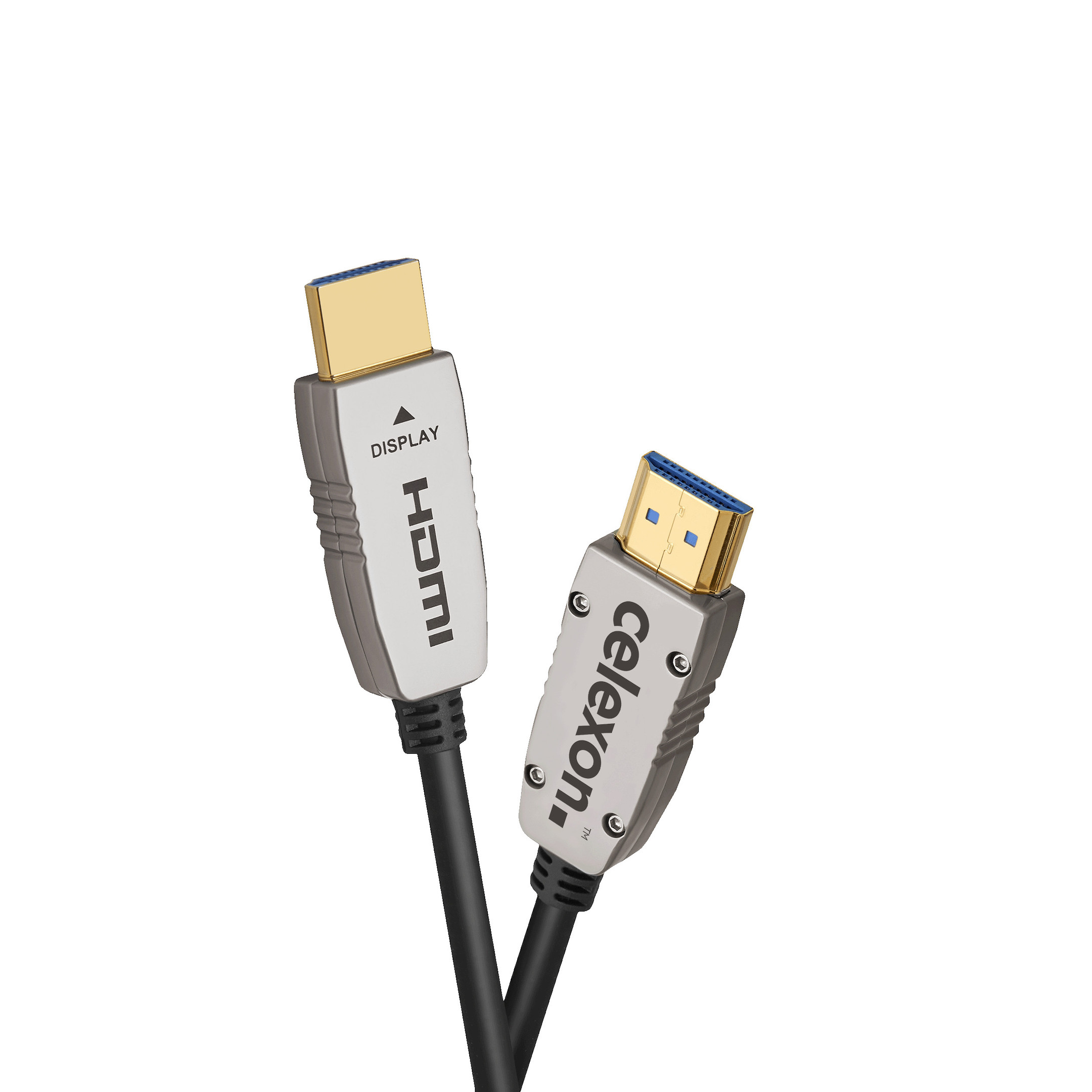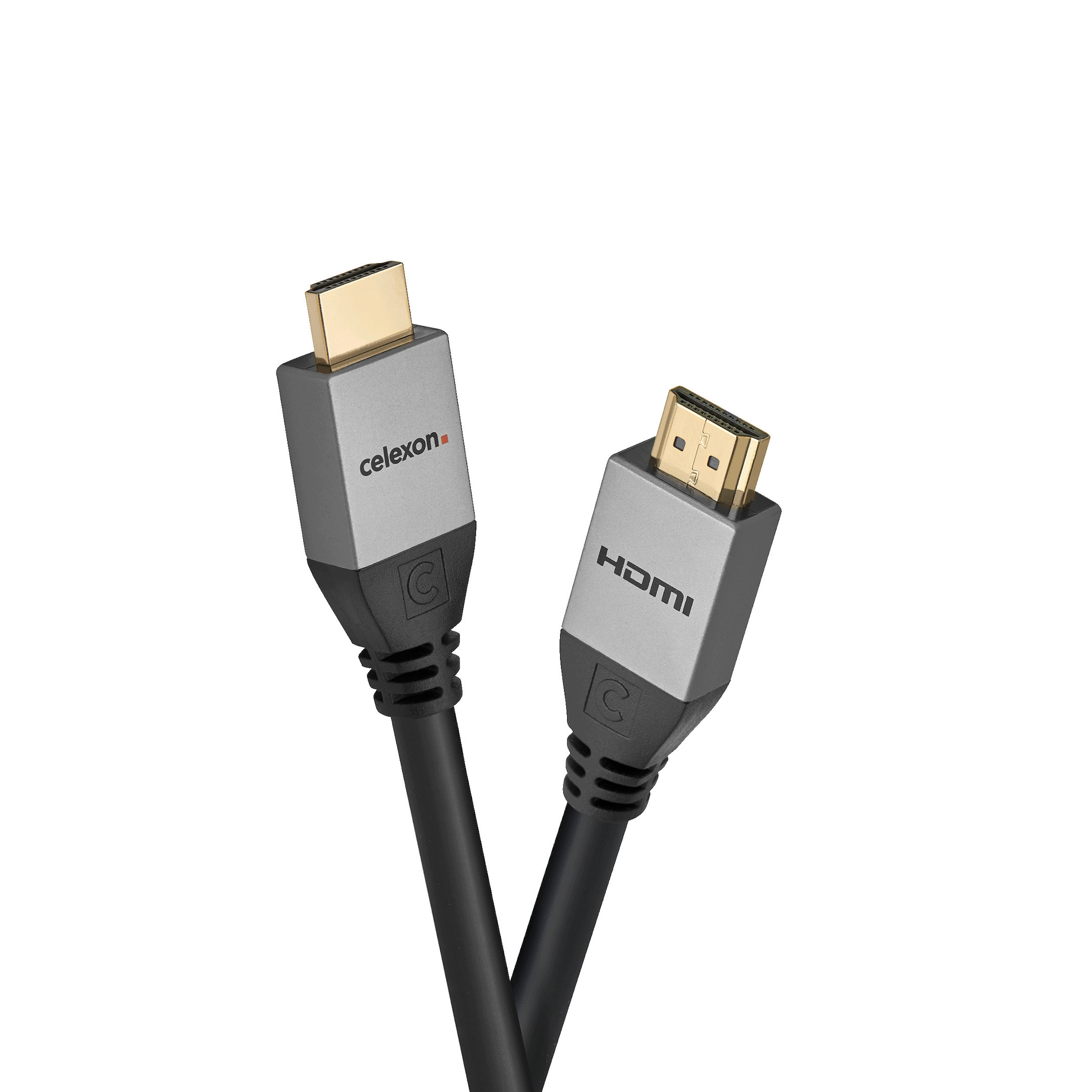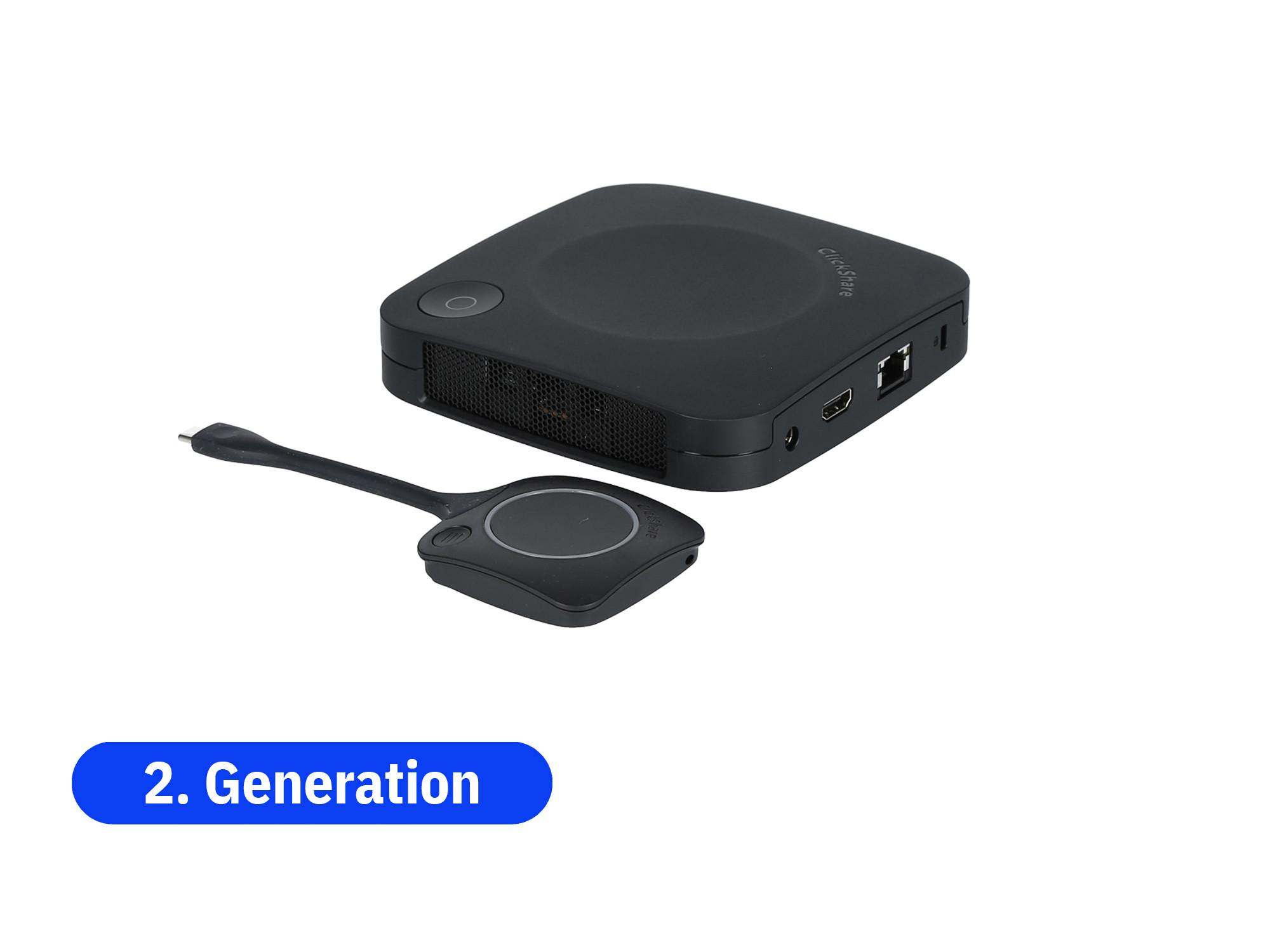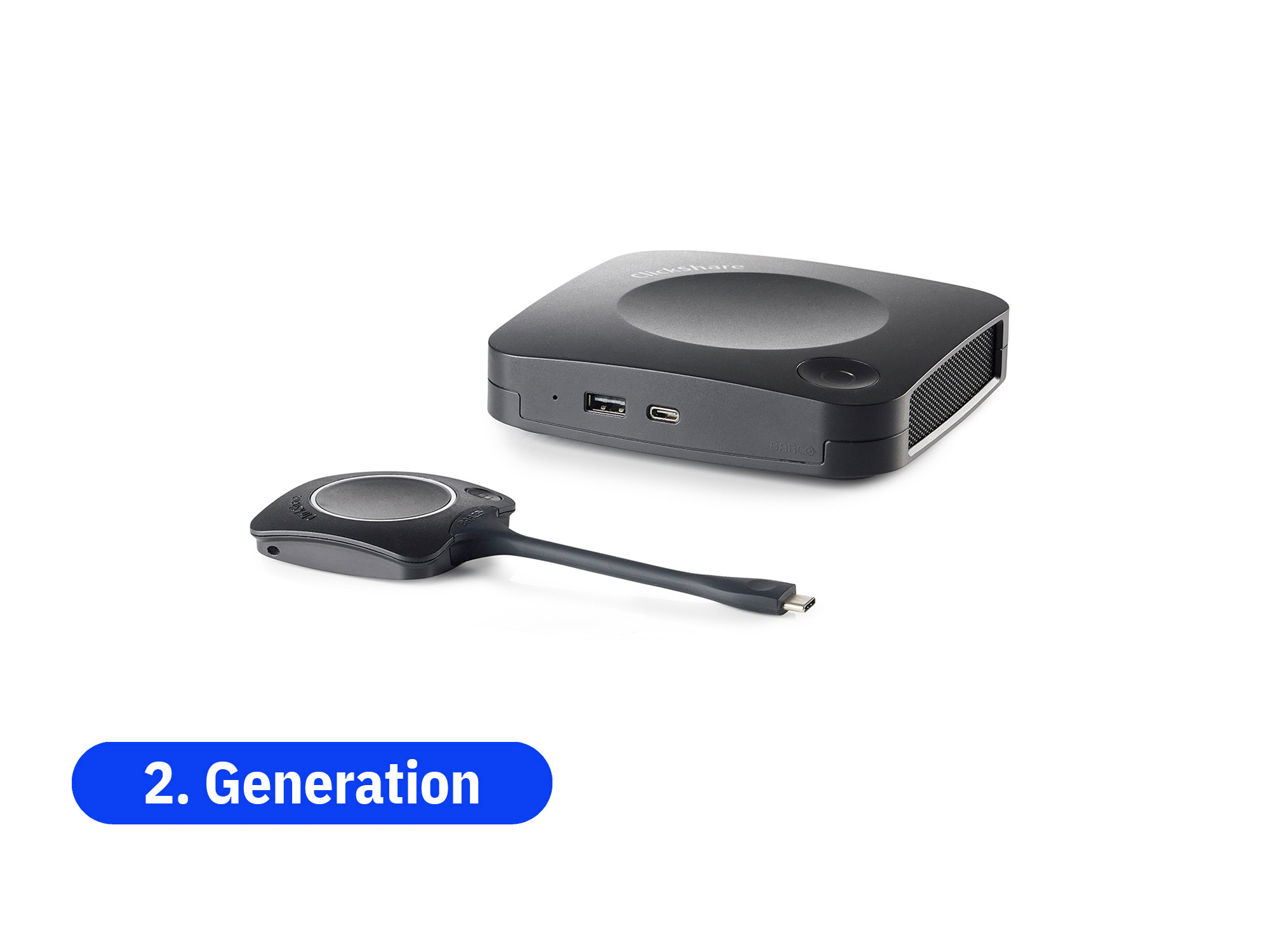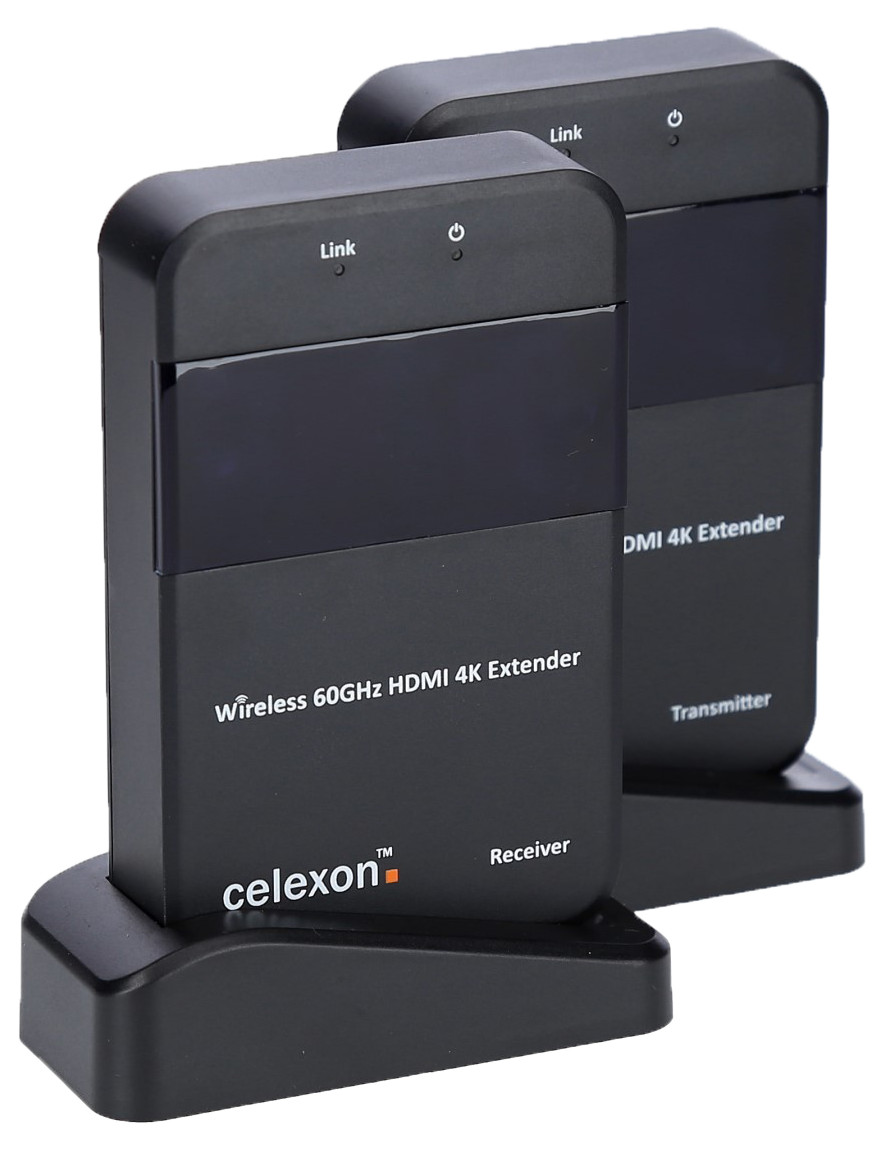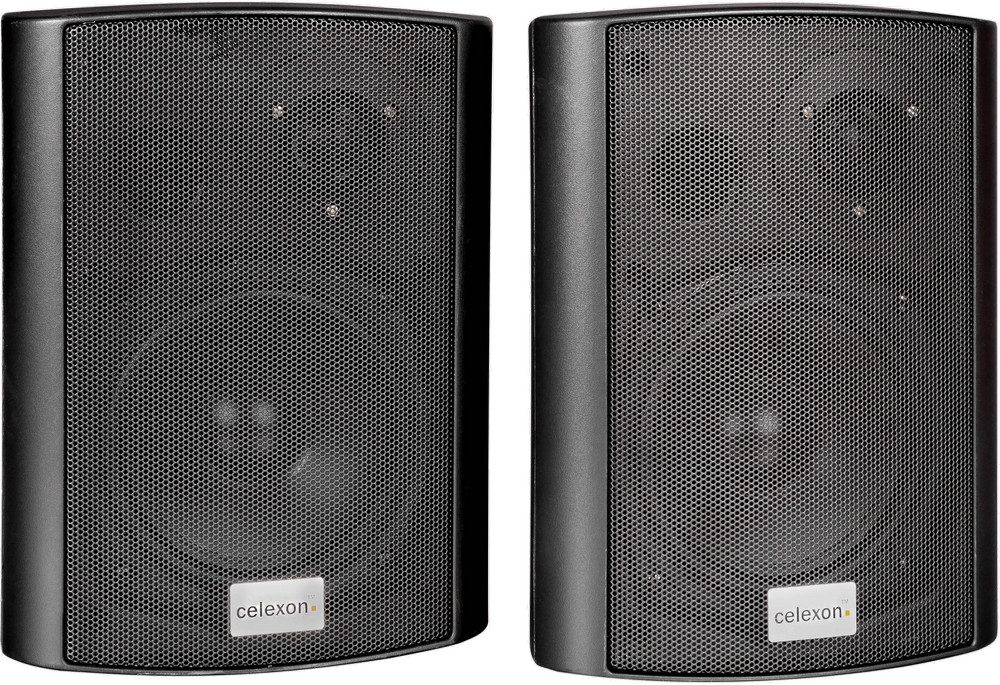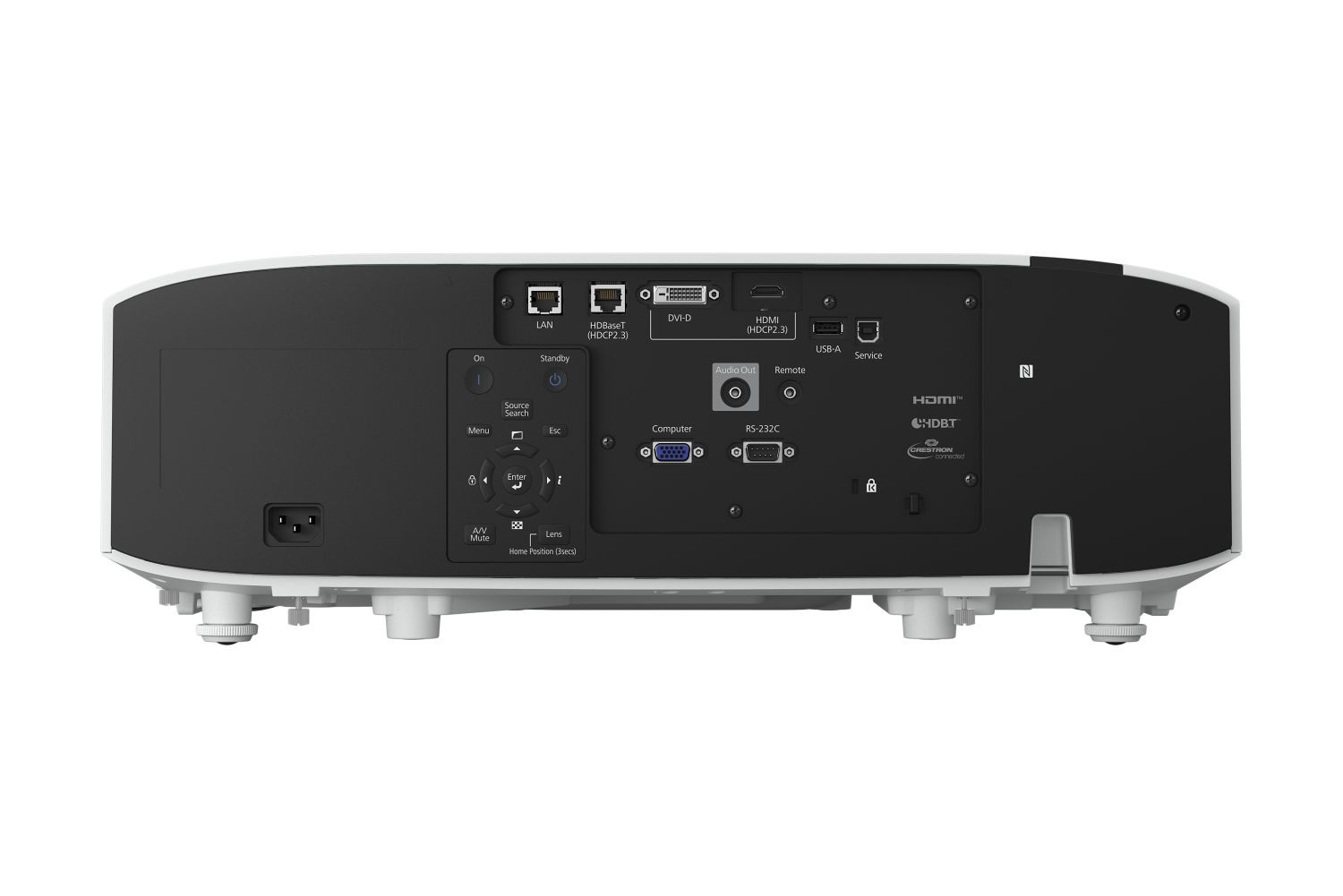





















£5,929.00*
- Light Brightness 8,500 Lumen
- Resolution 1920 x 1200 WUXGA
- Aspect Ratio 16:10
- Operating noise 35 dB

I can help you with detailed information and advice.


Frequently purchased together
Product information
- Compact and lightweight: Unobtrusive and easier to transport
- Lens support: Supports a wide selection of Epson interchangeable lenses
- Enhanced design: Clean, simple, and discreet design. Black version.
- Image quality: 8,500 lumens, 3LCD, WUXGA resolution with 4K enhancement
- Advanced installation tools: A range of free software tools and an optional external camera module
This highly versatile 8,500 lumens installation projector is sold as 'body only' and pairs seamlessly with Epson’s existing lens family to deliver bright, true-to-life images in a wide variety of environments: from visitor attractions to lecture theatres, museums to meeting rooms. The high lumens EB-PU1008W offers WUXGA resolution with 4K enhancement, HDR and advanced installation features.
Superior image quality
The 8,500 lumens EB-PU1008W projects clear whites, vivid details, deep blacks, defined shadows and high contrast imagery.
Compact and lightweight
The compact size makes this projector more transportable and saves storage space, providing size and cost advantages to projector fleets. The unobtrusive design allows it to blend seamlessly into most environments. Also available in black.
Interchangeable lens support
The EB-PU1008W accommodates different lenses to suit a wide range of projection environments, including a zero-offset ultra-short-throw lens. Epson supplies the projector as ‘body only’, without a lens, which puts the power to build the right projection solution, for the right application, in the hands of the user.
Designed for installation agility
Produce large-scale, extremely bright displays, even as part of multi-projector installations where edge blending, stacking and lens flexibility is key. Epson Projector Professional Tool makes advanced installation techniques easy, such as projection mapping, while the optional external camera module (ELPEC01) uses built-in processing for PC-free geometry correction for stacking. The EB-PU1008W also features NFC for multi-projector set up, making diagnostics and installations easier using the Epson Projector Config Tool.
Technical data
| Name | Epson EB-PU1008W Projector, 1920 x 1200 WUXGA, 8500 Lumen, without lens |
|---|---|
| Article number | 1000018845 |
| GTIN/EAN | 8715946697291 |
| Manufacturer SKU | V11HA33940 |
| Lens included | No |
| Model name | EB-PU1008W |
| Brand | Epson |
| Product Type | Projector |
| Product Series | Epson PU Series |
| Application | Business projector , Installation projectors |
| Projector Type | LCD |
| Projector lamp type | Laser |
| ANSI Lumen | 8,500 ANSI Lumen |
| ISO Lumen | 8,500 ISO Lumen |
| Resolution | 1920 x 1200 WUXGA |
| Aspect Ratio | 16:10 |
| Contrast Ratio | 2,500,000 :1 |
| Operating noise | 35 dB |
| Operating noise - ECO | 30 dB |
| Lamp life | 20,000 Hour |
| Minimum Projection Ratio | 0.35 |
| Maximum Projection Ratio | 10.11 |
| Inputs | 1x DVI-I , 1x HDMI , 1x RS232 , 1x USB-B , 1x VGA , 2x Ethernet , 2x USB-A |
| Outputs | 1x 3,5mm Jack |
| wireless technology | Not Specified |
| Features | HDbaseT , Lens Shift , Lens interchangeable |
| Product width | 54.5 cm |
| Product height | 18.9 cm |
| Product depth | 43.6 cm |
| Weight | 16.3 kg |
| Colour | White |
| Delivery contents | Batteries , Power cable , Remote control , User manual (CD ROM) , warranty card |
| Condition | New |
| Warranty | 36 Month |
| Warranty type | Bringin service Service and support information |
Product safety
| Person responsible for the EU |
|---|
| Epson Deutschland GmbH |
| Schiessstraße 49 |
| 40549 Düsseldorf |
| Germany |
| kontakt_de@epson.de |




